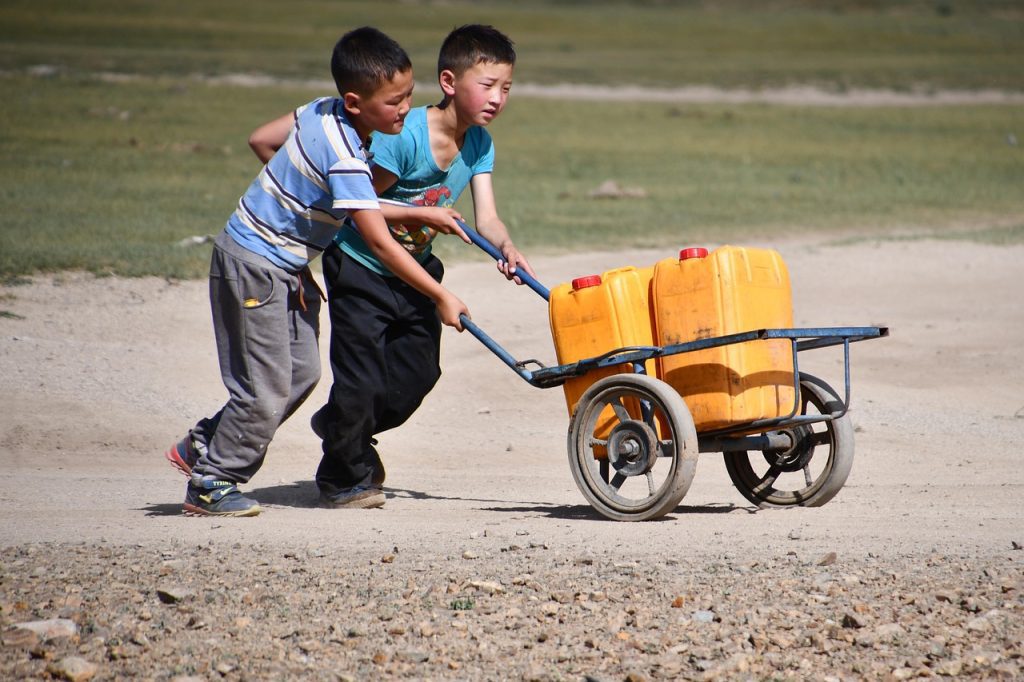Water covers about 70% of our planet, but here’s the shocking part: less than 1% of it is actually usable for humans.
Yet, we waste and pollute this tiny fraction like it’s endless.
Today, billions of people across the world face water scarcity, a growing crisis that’s affecting our health, food, and even our future.
Let’s break down what’s really happening and what we can do before it’s too late.
What is Water Scarcity?
Water scarcity simply means there isn’t enough clean, safe water for everyone’s needs. But it’s not just about running out of water.
There are two main types:
- Physical water scarcity: when there’s not enough freshwater in a region.
- Economic water scarcity: when there’s water, but people can’t access it because of poor infrastructure or lack of investment.
According to the United Nations, about 2 billion people already live in countries experiencing high water stress.
And by 2030, global demand for water could exceed supply by 40%.
Causes of Water Scarcity
Let’s be honest, water scarcity isn’t caused by one big thing.
It’s a mix of many problems, most of which are human-made.
1. Overconsumption and Population Growth:
As cities grow, so does our demand for water.
From drinking and cooking to agriculture and industry, we’re using far more water than nature can replace.
2. Pollution:
Toxic waste, plastic pollution, and agricultural chemicals are poisoning rivers and lakes.
When clean water becomes contaminated, it’s as good as gone.
3. Climate Change:
Extreme droughts, irregular rainfall, and melting glaciers are disrupting natural water cycles.
The World Bank reports that climate change could cut water availability in some regions by up to 50%.
4. Poor Water Management:
Leaking pipes, over-irrigation, and deforestation are major culprits.
In many places, water isn’t just scarce, it’s wasted.
5. Inefficient Agriculture:
Agriculture uses nearly 70% of all freshwater.
Outdated irrigation systems and water-hungry crops make it worse.
The Ripple Effects of Water Scarcity
Water scarcity affects everything, from what’s on your plate to the stability of nations.
– Human Impact:
Millions are forced to drink unsafe water, leading to diseases like cholera and dysentery.
Women and children often walk miles every day just to fetch water.
– Economic Impact:
Farmers can’t grow enough crops. Industries shut down.
Water scarcity can even spark conflicts over shared rivers and lakes.
– Environmental Impact:
Rivers dry up. Lakes disappear. Wildlife suffers.
Ecosystems collapse.
Global Hotspots: Where Water is Running Out
Some parts of the world are already facing “Day Zero”, the day taps run dry.
- Cape Town, South Africa: Came close to running out of water in 2018.
- Chennai, India: In 2019, the city’s four main reservoirs completely dried up.
- California, USA: Frequent droughts have become the new normal.
According to UNICEF, one in four children will live in areas with extremely high water stress by 2040.
How Water Scarcity Affects You (Even If You Have Running Water)
You might think water scarcity is a “somewhere else” problem, but it’s closer than you think.
When crops fail in one part of the world, food prices rise everywhere. Industries that rely on water, from fashion to electronics, pass those costs to consumers.
Even bottled water depends on ecosystems staying healthy.
In short, water scarcity affects everyone, directly or indirectly.
Solutions to Water Scarcity
The good news is that there are solutions. And they’re working, when we use them.
1. Sustainable Water Management:
Rainwater harvesting, fixing leaks, and recycling greywater can make a huge difference.
Countries like Singapore are leading with advanced water reuse systems.
2. Smart Agriculture:
Using drip irrigation and growing less water-intensive crops helps conserve water without cutting productivity.
3. Innovation and Technology:
Desalination plants turn saltwater into drinking water, while new filtration systems make contaminated water safe again.
4. Policy and Awareness:
Governments and organizations like the World Resources Institute are pushing for better water management laws and awareness campaigns.
What You Can Do to Conserve Water
Small habits can lead to big change.
Here’s how you can help:
- Turn off taps while brushing or washing dishes.
- Fix leaks immediately.
- Choose water-efficient appliances.
- Reduce meat consumption — livestock farming uses massive amounts of water.
- Support brands that use sustainable water practices.
Every drop you save really does count.
Bottom Line
Water scarcity is real, but it’s not hopeless.
Together, we can reverse the damage, by valuing, conserving, and protecting every drop.
The next time you take a sip of water, remember: it’s not just a resource. It’s life.
